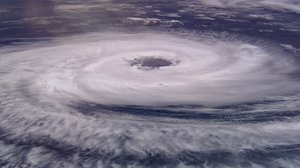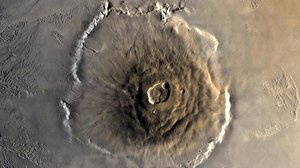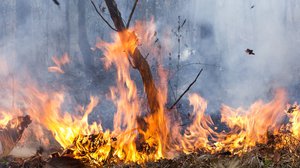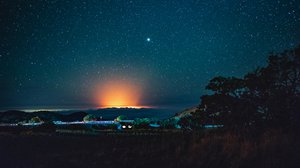Question Your World: Why Was Hurricane Dorian So Historic?
Hurricane Dorian just made its way through the Atlantic, causing much havoc and harm along the way. This storm broke some big records as it moved along its path, and now we can look back and study the storm's impacts.

Volcanoes of Our Solar System
Earth is still cooling after its fiery formation, and volcanoes are one way the Earth loses heat. Other planets have volcanic features -- some recently active -- telling geologists that they, too, could be hot and losing heat.

Question Your World: How Important Is the Amazon Rainforest?
Natural disasters can be incredibly dangerous to nearby populations, but some could even impact the entire planet. Some of Earth’s natural resources are so massive that they not only serve vital functions in the immediate area but have global impacts as well, like the Amazon rainforest in South America.

Volcano: Yellowstone Caldera
Every now and then, a news headline pops up about the Yellowstone supervolcano and all the dire things that could happen if it erupted. Those headlines raise a few questions, such as what exactly is a supervolcano, is there one at Yellowstone, and how likely is it to erupt?

Volcano: Hawaii’s Active Volcanoes
Kilauea, a shield volcano located on the big island of Hawai’i, is Hawaii’s most active volcano in recorded history. Even though it had been erupting continuously since 1983, Kilauea made big news headlines in 2018.
